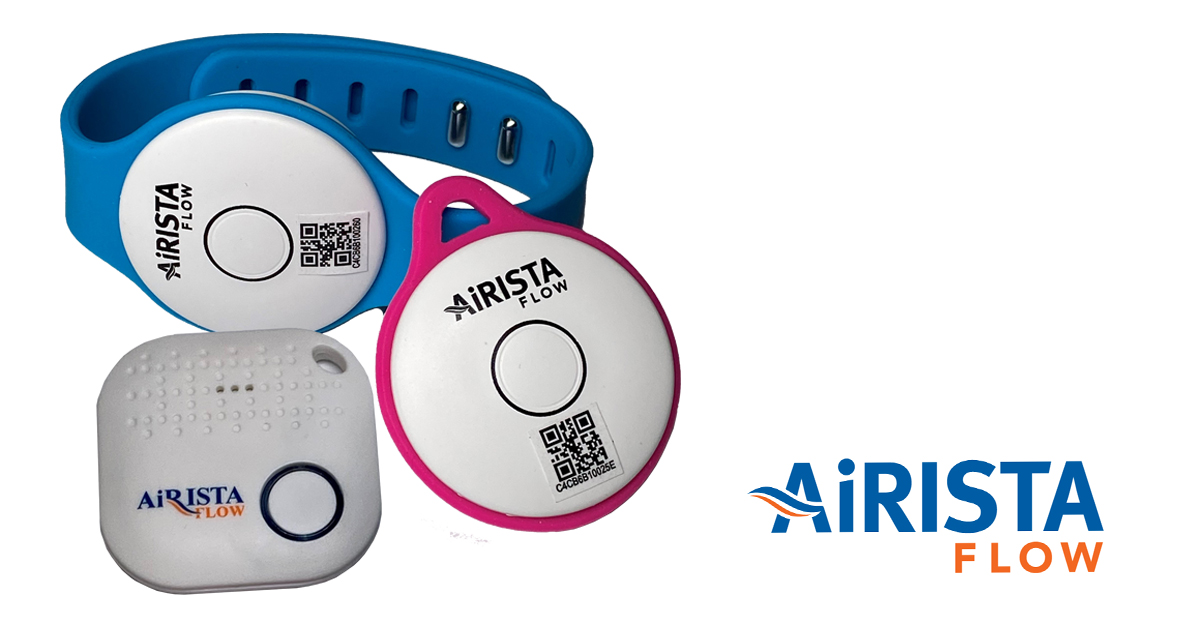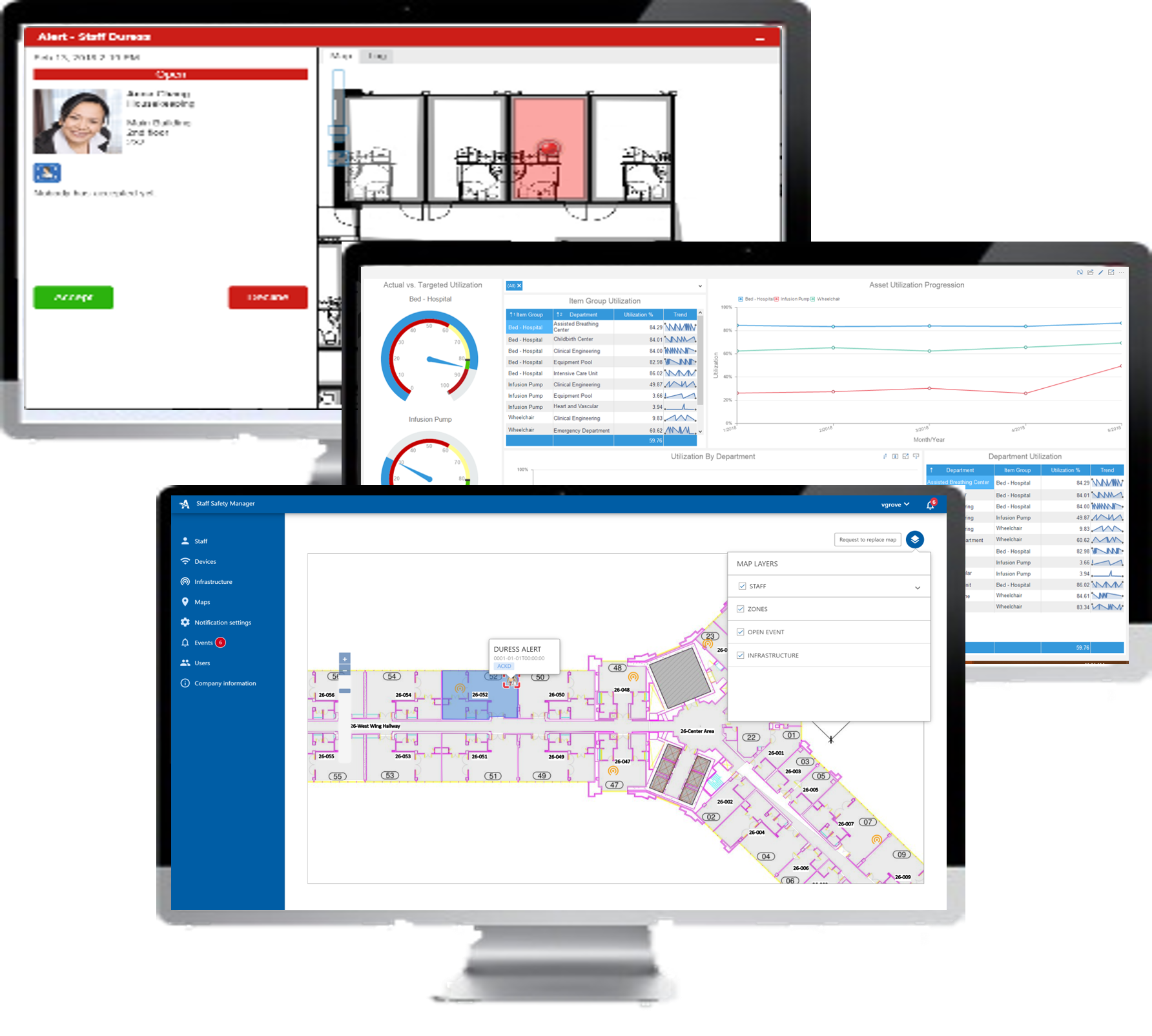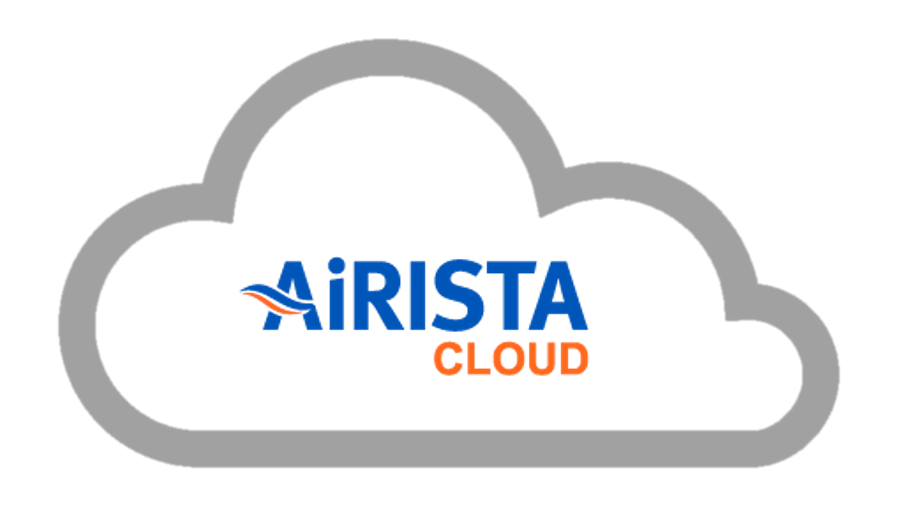Can cloud based asset management optimize operations?
Find out how cloud based asset management can offer a range of benefits to business operations in various industries.
As you acquire and implement more assets and equipment it becomes all the more important — and challenging — to keep track of and manage them all. Asset management takes a lot of processing power, both for staff and your computer systems. The days of a simple ledger, or even a spreadsheet, are behind us. Those solutions just won’t cut it any more because of the scale of the task at hand.
Asset managers don’t only need to have a record of your organization’s equipment; they must be able to accurately locate each item, schedule regular preventive maintenance and implement repairs in the event of accidents. Not to mention the need to do all this while ensuring sufficient equipment remains available and appropriately distributed to allow operations to continue as normal.
When put in these terms, it seems dauntingly complex. But with the right digital solutions, it doesn’t have to be. Cloud based asset management is a fantastic tool that can streamline, simplify and optimize your asset management.
What is cloud based asset management?
“The cloud” is a commonly understood term these days, referring to an online space that can be accessed remotely for a range of purposes. In reality, data isn’t floating in the digital ether. It’s stored on remote servers that are accessible via an internet connection. Cloud based systems are widely used for many applications — probably the most familiar being data storage, such as Google Drive and Apple’s iCloud. By utilizing the enormous servers of these tech giants, you can store your data and run applications seamlessly without having to deal with the costs and maintenance of running your own system.
Companies typically utilize a cloud based solution as a way to increase capacity, enhance functionality or add extra services on demand without having to overhaul their infrastructure. This keeps costs lower by reducing the need for new technology, a lengthy implementation and having to train existing in-house support staff.
For many organizations, cloud based applications allow them to perform various tasks in a more efficient way. Asset management is no different. By implementing a cloud based asset management system, you can create a consolidated inventory of all assets in a way that makes them easily accessible throughout your organization. With the right software, this centralized database can be further enhanced to allow users to perform a range of tasks that will streamline processes and improve efficiency.
The benefits of cloud based asset management
The primary advantages of managing assets via the cloud is ease and accessibility. Once all your assets have been logged into the virtual inventory, you can access those records quickly from any device that can connect to the cloud. A user-friendly interface makes this even simpler, giving you direct access to the specific information you’re looking for without the need to rifle through the extraneous details. That’s not to say all the information isn’t available, just that you can skip past what you don’t need to access exactly what you do need, at any time.
A comprehensive mobile and fixed asset management software package will include a series of additional features that go beyond only logging your assets. Here are some examples of what you can do with a cloud based asset management system:
Asset identification
By attaching an RFID asset tag to individual assets, you can give each one a unique identifier to effectively compile accurate information on a specific piece of equipment.
Maintenance and repairs
Many assets require regular maintenance to ensure optimum performance and reliability. With asset management software, you can create a record for each asset that will log all administered maintenance and repairs, so you can look back at the full asset lifecycle to see its history.
Asset distribution and allocation
The strategic distribution of a physical asset can greatly improve efficiency across a facility. Ensuring the right equipment is in the right place at the right time not only makes them more accessible, but in some circumstances — such as in hospitals or in the case of emergency response equipment — it could be the difference between life and death.
Real time location tracking
When combined with real time locating systems (RTLS), asset management software accurately tracks the location of physical assets. This makes finding a specific piece of equipment quicker and easier. Furthermore, assets can be tracked and monitored to identify key “requirement zones” (where they’re most needed and used), ensure the optimal number of assets are available and determine where changes can be made to increase efficiency.
Top things to consider in choosing a cloud based asset management tool
Managing assets with cloud based software is a great way to streamline operations and processes. It allows for many convenient solutions to the challenges of ever expanding asset inventories, but in order to utilize an asset management tool to its fullest potential, you’ll want to find the right one for your organization.
Before selecting a solution, it’s important to understand your unique operational needs. Every business and organization is different. Depending on the nature of your operations, you may want to focus on finding asset management software that includes specific functionality to accommodate key needs.
So what are some of the primary features that make for good cloud asset management?
Integration
Being able to implement your asset management software easily is a big positive. A significant benefit of cloud based software is its inherent unobtrusiveness, but you will still need to synchronize the RTLS tags with your existing systems so they can communicate with the software. Depending on the functionality of your current network, different connectivity options may make some digital asset management tools more cohesive for your integration needs. Having a broad range of connectivity options will allow you greater flexibility, so the best solutions will give you the ability to share data from a variety of technologies, such as WiFi, Bluetooth Low Energy (BLE), infrared and GPS.
Asset tracking
If you want to be able to track equipment with real time location information, you’ll need asset management software that includes RTLS tracking features. Depending on the nature of your organization, this may need to accommodate multiple levels or buildings, or even outdoor spaces. Look for asset tracking software that can fulfill your facility requirements.
Scalability
If the past five years have taught us anything when it comes to asset management, it’s that the Internet of Things (IoT) is only getting bigger. More and more remote connected devices are being introduced all the time. To future-proof yourself against continued expansion, it’s important to have a system that can scale accordingly. Don’t only think about your immediate needs — look to the future and choose a solution now that will be able to accommodate what’s coming next.
Maintenance scheduling
For equipment and devices that require regular preventive maintenance, it’s important to have a manageable schedule. Asset management tools with automated scheduling features will empower you to create a simple maintenance schedule that adheres to predefined rules and parameters. Each asset’s specific maintenance requirements and history can be logged and collated. This will enable you to implement a suitable plan based on hard data to ensure assets are maintained in an organized manner, never pulling too many of the same devices out of circulation at once.
Reporting
In-depth reporting gives you useful insights about assets – it can tell you about usage, maintenance, procurement and disposal. Having this asset information is necessary for making informed decisions about how to best manage your assets and improve operations.
User-friendliness
 You want your asset management system to help you save time and simplify operations. Features like an intuitive dashboard and a self-explanatory interface make it easier for staff to navigate through the software and complete necessary activities. Tracking software that can be used through a mobile app can also be of great benefit if you require operators to track assets while in the field.
You want your asset management system to help you save time and simplify operations. Features like an intuitive dashboard and a self-explanatory interface make it easier for staff to navigate through the software and complete necessary activities. Tracking software that can be used through a mobile app can also be of great benefit if you require operators to track assets while in the field.
All in all, there are many important factors to consider when determining what asset management software is going to be the best for your particular needs. As organizations and asset tracking softwares are different, finding the right fit takes a measured approach that incorporates every facet into the final decision making process.
Cloud based asset management solutions with AiRISTA
At AiRISTA, we have helped organizations adopt an advanced asset management solution for over 10 years. With our specialist software, versatile RFID tags and comprehensive RTLS solution, we provide expert services to organizations in a range of fields. Our experience and refined approach has resulted in our recognition by Gartner as a Leader in the Magic Quadrant for indoor location.
Our team specializes in determining the asset tracking and inventory management needs of an organization to provide a tailored solution recommendation that will address key requirements. To find out more about how AiRISTA can help you optimize your asset management, arrange a consultation today.





